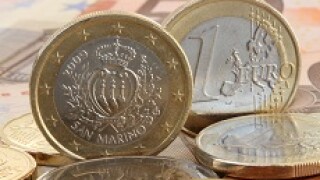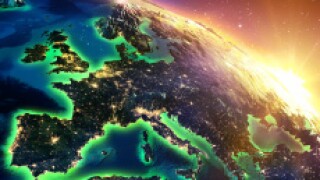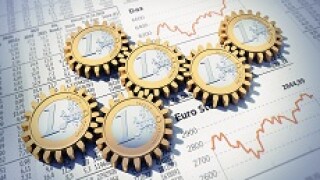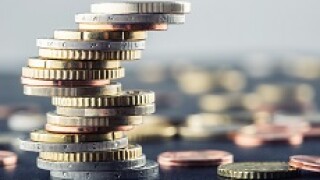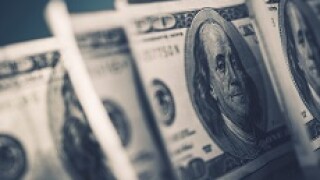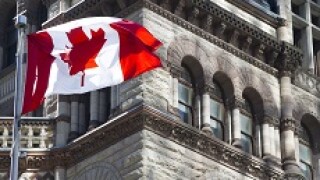KfW
-
-
Investors jumped on the opportunity to buy euro bonds with a positive yield in the public sector market this week as KfW and Kommunalbanken sold 15 and 10 year bonds respectively, with the latter returning to the currency for a benchmark for the first time since 2017.
-
German agency KfW revisited the Norwegian krone market yet again on Tuesday to place its 15th trade of the year in the currency. The deal brings KfW’s Nokkie issuance up to a record Nkr17bn ($1.9bn) for the year to date, according to Dealogic, Nkr250m more than its previous 2011 record.
-
Investors pounced on the opportunity to buy a bond with a positive yield in the euro market by KfW on Tuesday. Elsewhere, the Asian Development Bank drew strong demand to sell its biggest ever green bond in euros following its debut in 2018.
-
This week's funding scorecard looks at the progress of Europe's supranationals and agencies as we approach the end of the third quarter.
-
-
Investors stormed into the euro public sector bond market this week fired up from the announcement of a new comprehensive stimulus package by the European Central Bank last week.
-
Fresh from the announcement of a new stimulus package by the European Central Bank last week, investors stormed into the euro public sector bond market on Tuesday, led by KfW and Bpifrance. The latter printed €1.25bn, equaling its biggest ever single issue. The strong momentum is set to continue with a string of mandates, including two supranationals for Wednesday.
-
KfW and Bpifrance were the first public sector borrowers out of the blocks in euros following last Thursday’s European Central Bank meeting in which it unleashed its new comprehensive stimulus package.
-
-
KfW and the Asian Development Bank won huge praise from SSA bankers with rare 10 year dollar trades this week. The former issued the largest ever dollar green from a public sector borrower.
-
SSA issuers turned towards niche currencies this week to meet a range of demand across the Australian and Canadian dollar curves. KfW and the Asian Development Bank started the week printing in Australian dollars, before the World Bank joined them in the currency while also returning to the Maple market.
